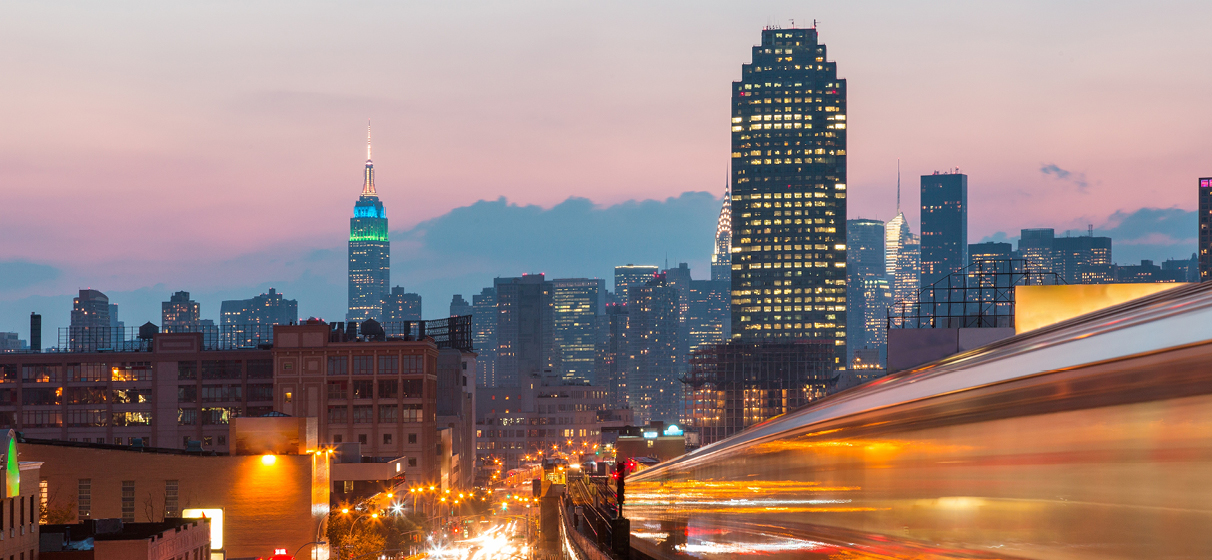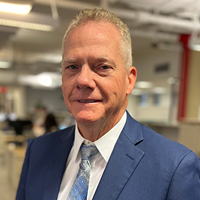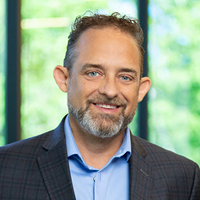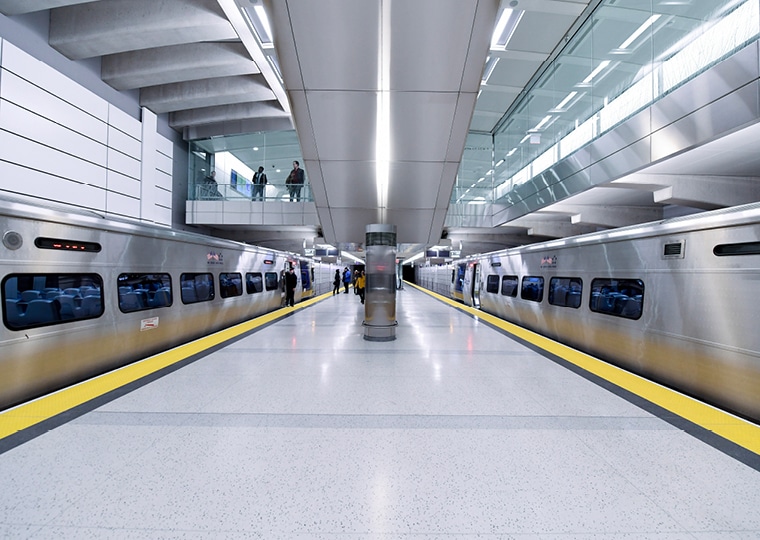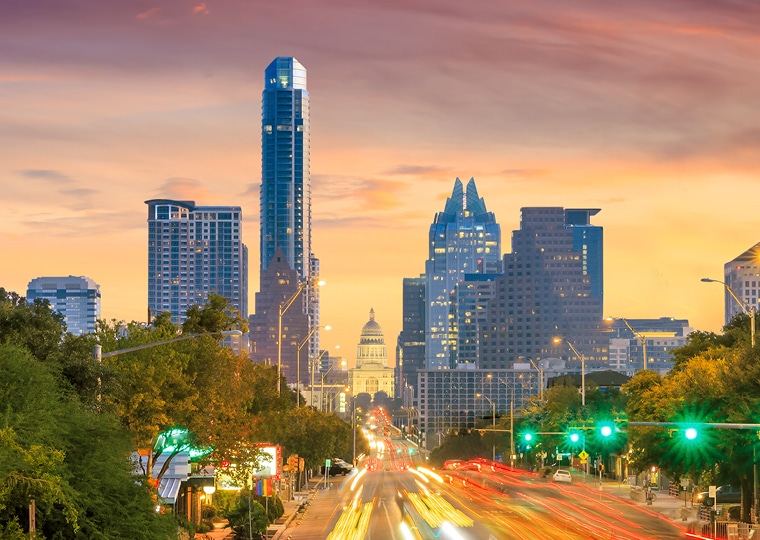For the last six years, Infraday East has been an essential industry event that drives the dialogue about the future of infrastructure in the Northeast Corridor at every level of our industry.
The event – one of several regionally-focused events that are organized each year by the larger Infraday company – brings together senior leaders from city, federal, state and other sectors of public infrastructure for a series of panels, discussions and interactive workshops about transportation, energy, water, communications and technology.
STV’s team of attendees, which participated in panels covering such crucial topics as digital roadway infrastructure, embodied carbon reduction and smart mobility solutions, found particular value in the event for how it brings together business partners and clients and provides an ideal forum to discuss ideas and approaches.
STV appreciates the great work that individual agencies are performing as it relates to advancing the nation’s goals in improving climate resilience and transportation and upgrading our broadband infrastructure and overall digital connectivity. Infraday East functions as a sounding board for the industry to hear new strategies, as well as any challenges or barriers being faced during implementation. By bringing all the key players together, Infraday helps us to collectively identify where to best focus our efforts to succeed.
Some of the key ideas and topics raised at Infraday East that our team found especially insightful included:
The Connected Travel Experience
Our nation’s transportation system continues to evolve from paved roads and concrete bridges to a network of sensors, data, software and algorithms. That has placed us in the digital infrastructure age – where technology and innovation will be leveraged to advance mobility solutions that are safer, greener and more equitable. As a result, we need to work with our partners and communities to develop a future-ready approach that will meet these new demands on our infrastructure.
We also need to be mindful of what our ultimate objective is in utilizing this array of apps, alerts and other technology – how do we best use all of these tools at our disposal to enhance the passenger experience?
We need to work with our partners and communities to develop a future-ready approach that will meet these new demands on our infrastructure.
In the instance of the Metropolitan Transportation Authority’s Grand Central Madison program, when the project first broke ground years ago, it was crucial for the design and construction team to not only consider the benefits of integrating then-present-day technology but to also think proactively about how we would connect our passengers in 20 years. With those facts in mind, we need to collaborate to incorporate digital infrastructure that is constructible, maintainable and adaptable.
Embodied Carbon Reduction Strategies and Knowledge Sharing
The drive to achieve net-zero carbon emissions by 2050 is emerging as a generational effort that will impact the development of infrastructure across all market sectors. With construction materials such as cement, iron, steel and aluminum accounting for 15% of all global carbon emissions annually, there is an urgent need for inter-agency coordination and collaboration to achieve these audacious goals.
During Infraday East, we heard from several of our clients about their strategies, challenges and best practices as it relates to reducing embodied carbon. The issuing of both New York State’s Executive Order 22 and New York City’s Executive Order 23 in 2022 – which outline sustainability and decarbonization program requirements for agencies – have further challenged the public sector to develop robust plans, and fast.
The drive to achieve net-zero carbon emissions by 2050 is emerging as a generational effort that will impact the development of infrastructure across all market sectors.
Discussions highlighted the need for agencies to establish their baselines; understanding the amount of construction materials used will help to set reduction targets and implement reduction strategies. It’s also helpful to learn from other agencies that have already implemented embodied carbon reduction plans and identified successful reduction strategies. For one client, a bridge rehabilitation project performed a Life Cycle Assessment (LCA) to quantify the emissions reduced by reusing the structure’s salvageable steel. Clients have been further inspired to create applications that compile agency-wide data to identify projects where materials could be reused. These types of tools can serve as waste management and emissions best practices across the industry.
Urban Mobility and Rethinking the Future of Transportation
The ways we think of multi-modality have changed significantly in recent years, with a strong emphasis on creating more seamless first/mile-last/mile connections between transit and schools, businesses, etc. via bike infrastructure and micro-mobility modes like e-bikes and e-scooters. In concert with these changes, many municipalities are contending with needing to plan for and integrate an entirely new asset class of infrastructure as it relates to electrification. That means reimagining how we design and build streets and our freight network (trucks and rail), all as part of these larger efforts to reduce diesel emissions and decarbonize our transportation system.
The Infraday East program provided an opportunity for clients and other consultants to hear about data-driven results, best practices in implementing and managing infrastructure to accommodate these changes, and innovative strategies to achieve funding and get public buy-in. With so much change coming at a rapid pace, it’s important at this moment to not get distracted by the next “shiny thing” and to remember the purpose of these programs isn’t just to create an electrified network, but to achieve broader sustainability goals. That can only be accomplished in taking on these challenges holistically, and of course, by effectively communicating to each other and to the public.
Data as Infrastructure
The thread that connects all these ideas and topics (and others that were presented at Infraday) is the acceptance that in this modern world, data is infrastructure. To design and develop infrastructure is to depend upon and leverage data in real-time. However, a lot of this data can be complex in its form and difficult to wrap our heads around as we move forward in trying to overcome the current challenges our industry is facing – whether it’s digital infrastructure, reducing carbon in the built environment, or planning smarter, more connected cities.
Infraday and its events across North America continue to provide a platform for these ideas and foster the spirit of collaboration and knowledge-sharing required to keep pushing forward as the next generation of our infrastructure takes shape.
Look for STV’s team of experts at Infraday Texas in early March in Austin at other national Intraday events.
